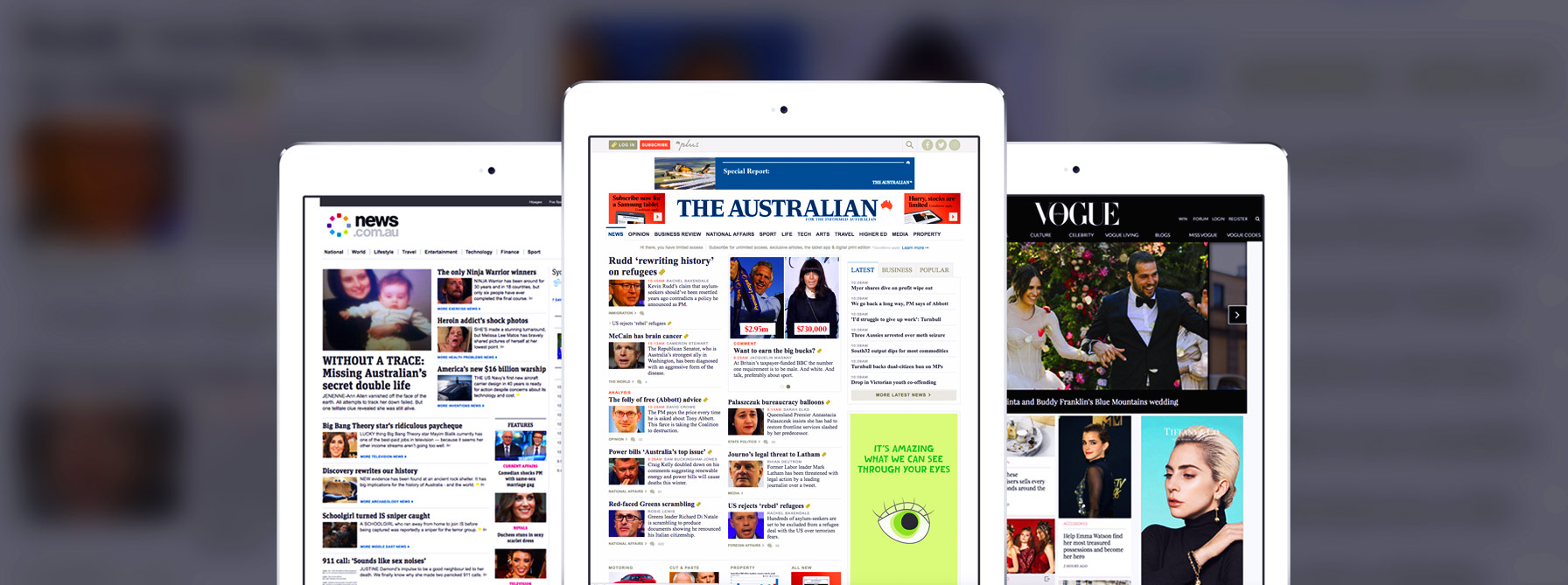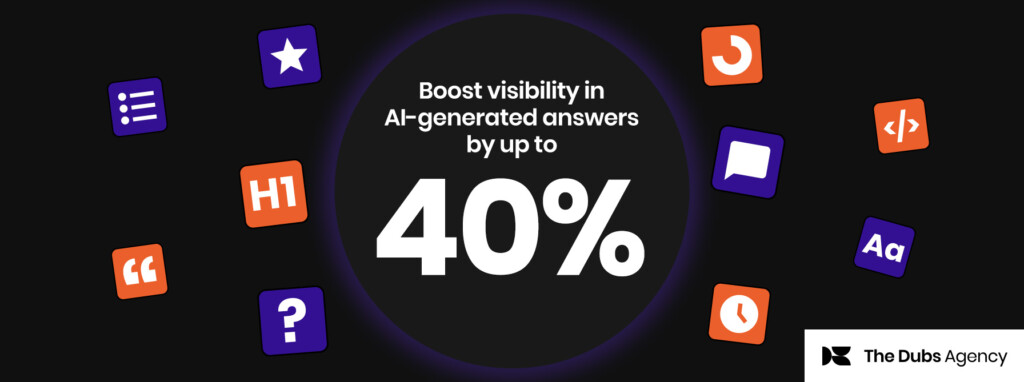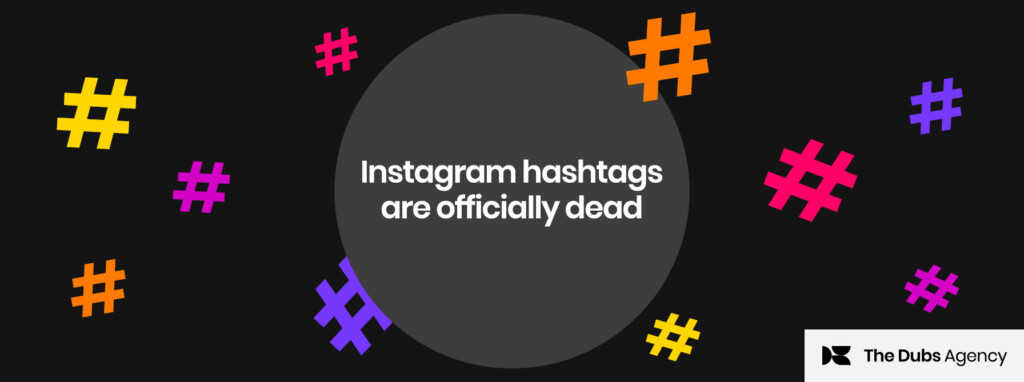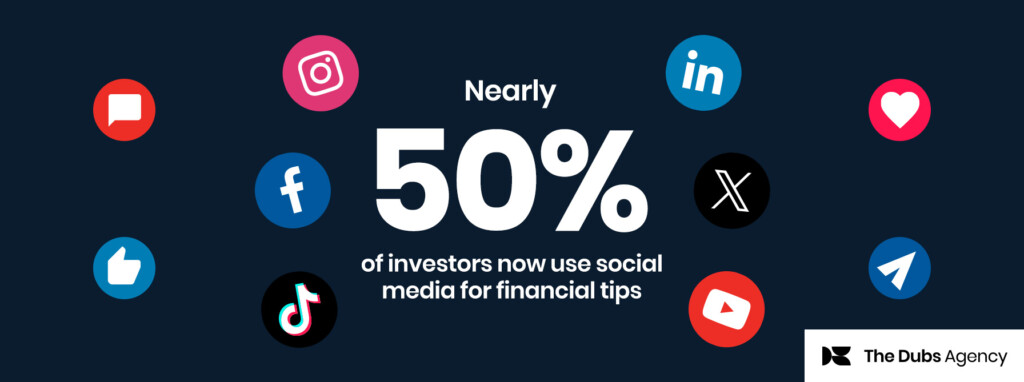Until recently, Australian financial services businesses haven’t needed to be particularly focused on customer needs. But with numerous threats on the horizon, the time has come to think like a media outlet and firm up that contract with your audience.
We look at a lot of work in the financial sphere and we see a lot of briefs. Very seldom do they start with their audience and ask: what do they genuinely need? What are their interests?
The Australian banking landscape
We have four big players with a wide second tier, and they traditionally haven’t needed to be very competitive. What this has led to is a focus on profit and product, not customers.
Compare that to say, the US, where there are thousands of financial institutions. It’s just as common there for someone to get their home loan from their local community bank branch as it is to go to one of the bigger-name retail banks. They’re competing at a much, much deeper level.
Only now is the Australian banking model evolving with the rise of new customer-centric brands like Apple and Uber. So you’re now seeing whole new departments set up in banks: UX teams, customer experience officers… and it’s only natural that that’s going to need to filter into other areas of the bank, like content marketing.
What’s in it for a bank to be customer centric?
Anything a bank can do to wrap themselves around the customer is going to be a commercially smart thing to do. And if you look at the swathe of fintechs that are emerging in retail banking and insurance – cheeky upstarts like Monzo and Atom in the UK, they’re challenging the whole core banking proposition.
To understand how dangerous it is for a bank to stick with outdated models, just look back at what’s happened with digital innovation over the last couple of decades. History does repeat itself – go and talk to people from industries who thought it would never happen to them and they’ve either been through that grinder and had their industry radically change; or they’re in the thick of it right now.
The music industry, the television industry, newspapers and magazines; likewise it’s happening in the retail industry. In the latest Mary Meeker report, she tips her hat to the internet trends that will influence the way industries connect and communicate with their audiences – the financial services industry included.
A new way to think about content
Whether you like Rupert Murdoch or not, Australian mass media has always known how to address an audience – their contract has been primarily with their audience: thinking about what people want, what they need. They start from the right place and that’s why they’ve got a circulation.
As those media organisations have been hobbled by digital, they’ve lost much of their power as a means for brands to market their materials; hence the DIY approach through content marketing, which has emerged as the natural successor. Unfortunately, brands are still applying the same marketing tactics they’ve always had, just to different channels, including their own channels.
So the content doesn’t end up bridging that gap between the brand and their audience, because their primary contract is with the business, not with the audience. And you can see that play out. If you were to look at their Google Analytics, the bounce rates on their content hubs would be 80% or more. Because all they’re doing is catching their audience with one article, which ends up not being of any real help or interest.
Subscribe now for content marketing insights and trends straight to your inbox.
Creating addiction to content
You start with what the audience needs, what these people are into and get as close to that as you possibly can. But you also need a reason to actually be part of that kind of story.
You need to ask, how would a media outlet have covered you?
What would they have flagged as being important? What would they have highlighted to the audience? Think about it from their perspective, rather than, “I have this and I need to spin it.” Because no matter how well you do that, it’s always going to be spin.
It’s hard to do unless you have the skills of a journalist, but you need to create content that is genuinely helpful or interesting to your audience.
Audience-focused content masters: REA
The most valuable content brand in Australia is realestate.com.au: they totally get it. They started out as an online home listing and have transformed into a content powerhouse with News Corp, and because they understand what’s going on in people’s homes with real estate, with their lifestyles, they’re able to position themselves as a wider lifestyle brand covering anything that happens within the home. They reflect that back – they actually lead the conversation on that.
And they’ve now moved into being a product provider themselves. They have purchased a broking business and have a deal in place with NAB where they will white label NAB’s home loans product and market it through the REA website and platform.
In the financial sphere
Prudential in the US have mastered their space very well considering they have very hard products to sell – wealth products and insurance products that are over the horizon. They position themselves to talk about what your passions are today and then link that to your retirement, which is 20 to 30 years devoted to your passion. They do that very well.
GE is a global powerhouse that owns businesses across a broad spectrum of industries. Their content offering is essentially reportage across everything they are doing that is genuinely exciting. Everything from medical innovation to space aeronautics, through to finance products and household goods. They’re at the front of it and they report on it. So they don’t need to talk about anyone else. They are the content, they are the message.
What ANZ has been doing with Blue Notes has been a smart move as well – at a corporate affairs level, it’s a direct conversation from that bank with its corporate customers. And it’s working.
Subscribe now for content marketing insights and trends straight to your inbox.









